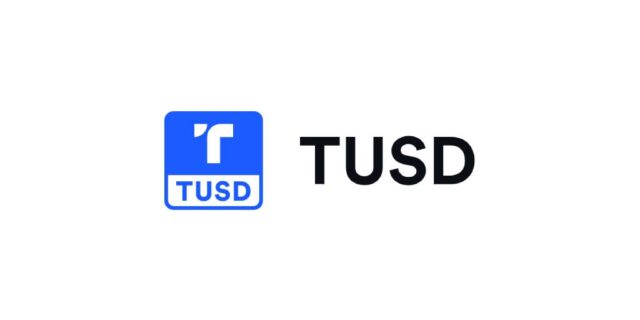
In the ever-evolving art market, a groundbreaking innovation known as TUSD (Tokenized Universal Store of Digital Art) is making waves. This article delves into the transformative power of TUSD, exploring how it empowers artists and enhances accessibility for collectors. NFTs are the new innovation that is helping the crypto market to grow. And you know what it means when the crypto market grows. Use BitIQ and start crypto trading now!
TUSD: Empowering Artists and Collectors
For artists, TUSD opens up a world of possibilities. By leveraging the power of blockchain technology, artists can tokenize their artwork, effectively dividing it into digital shares or fractions. This fractional ownership model allows artists to retain a portion of ownership while offering the remaining shares to collectors. This mechanism provides artists with a new avenue to generate revenue, as they can sell shares of their artwork directly to interested buyers.
Additionally, TUSD enables artists to reach a global audience like never before. By tokenizing their art, artists can make their creations accessible to a wider range of collectors and investors, breaking down geographical barriers. This increased accessibility has the potential to boost exposure and recognition for artists, leading to enhanced career opportunities and the possibility of reaching new markets.
For collectors, TUSD brings about a transformative shift in the way they engage with art. The fractional ownership model allows collectors to invest in high-value artworks by purchasing shares rather than having to acquire the entire piece. This opens up opportunities for collectors with varying budgets to participate in the art market and invest in sought-after artworks that were previously out of reach. It democratizes the art market by enabling a more inclusive and diverse pool of collectors to engage with and support artists.
Furthermore, TUSD enhances liquidity in the art market, benefitting both artists and collectors. Traditionally, art has been considered an illiquid asset, making it challenging for artists to sell their work and collectors to liquidate their investments. However, with TUSD, the tokenization process enables fractional shares to be easily traded on digital marketplaces. This increased liquidity offers flexibility and allows collectors to buy, sell, or trade their shares with relative ease, providing a level of financial fluidity that was previously unavailable in the art market.
The Advantages of TUSD for the Art Market
One of the significant advantages of TUSD is the enhanced liquidity it brings to the art market. Traditionally, art has been considered an illiquid asset, making it difficult for artists to sell their work and for collectors to liquidate their investments. However, through tokenization, TUSD introduces a mechanism that enables fractional shares of artworks to be easily traded on digital marketplaces. This newfound liquidity offers flexibility and allows collectors to buy, sell, or trade their shares with relative ease.
Another advantage of TUSD is the increased accessibility it provides for art investors. Historically, the art market has been perceived as exclusive, with high entry barriers and limited opportunities for small investors. However, TUSD breaks down these barriers by enabling fractional ownership of artworks. This means that individuals with varying budgets can now invest in high-value art pieces by purchasing fractional shares, rather than having to acquire the entire artwork. This democratization of art investment opens up the market to a wider range of collectors and investors, fostering a more inclusive and diverse art community.
Furthermore, TUSD addresses the issue of provenance and transparency in the art market. One of the challenges faced by collectors and investors is verifying the authenticity and ownership history of artworks. Through the use of blockchain technology, TUSD ensures transparency and immutability of art transactions. Each artwork tokenized on the platform is recorded on a distributed ledger, providing an unalterable record of ownership, provenance, and transaction history.
In addition to the advantages mentioned above, TUSD also offers the potential for new revenue streams for artists. By tokenizing their artworks, artists can sell fractional shares directly to interested collectors, bypassing the traditional gallery system. This allows artists to retain partial ownership while benefiting from the financial support of a broader base of investors. It provides artists with greater control over the distribution and monetization of their creations, empowering them to explore new business models and tap into a global pool of potential buyers.
Conclusion
TUSD’s tokenization of art has ushered in a new era of empowerment and accessibility within the art market. By enhancing liquidity, increasing accessibility for investors, and ensuring transparency through blockchain technology, TUSD has the potential to revolutionize the art industry, benefiting both artists and collectors alike. The future holds immense possibilities as TUSD continues to reshape the way art is bought, sold, and valued.


































